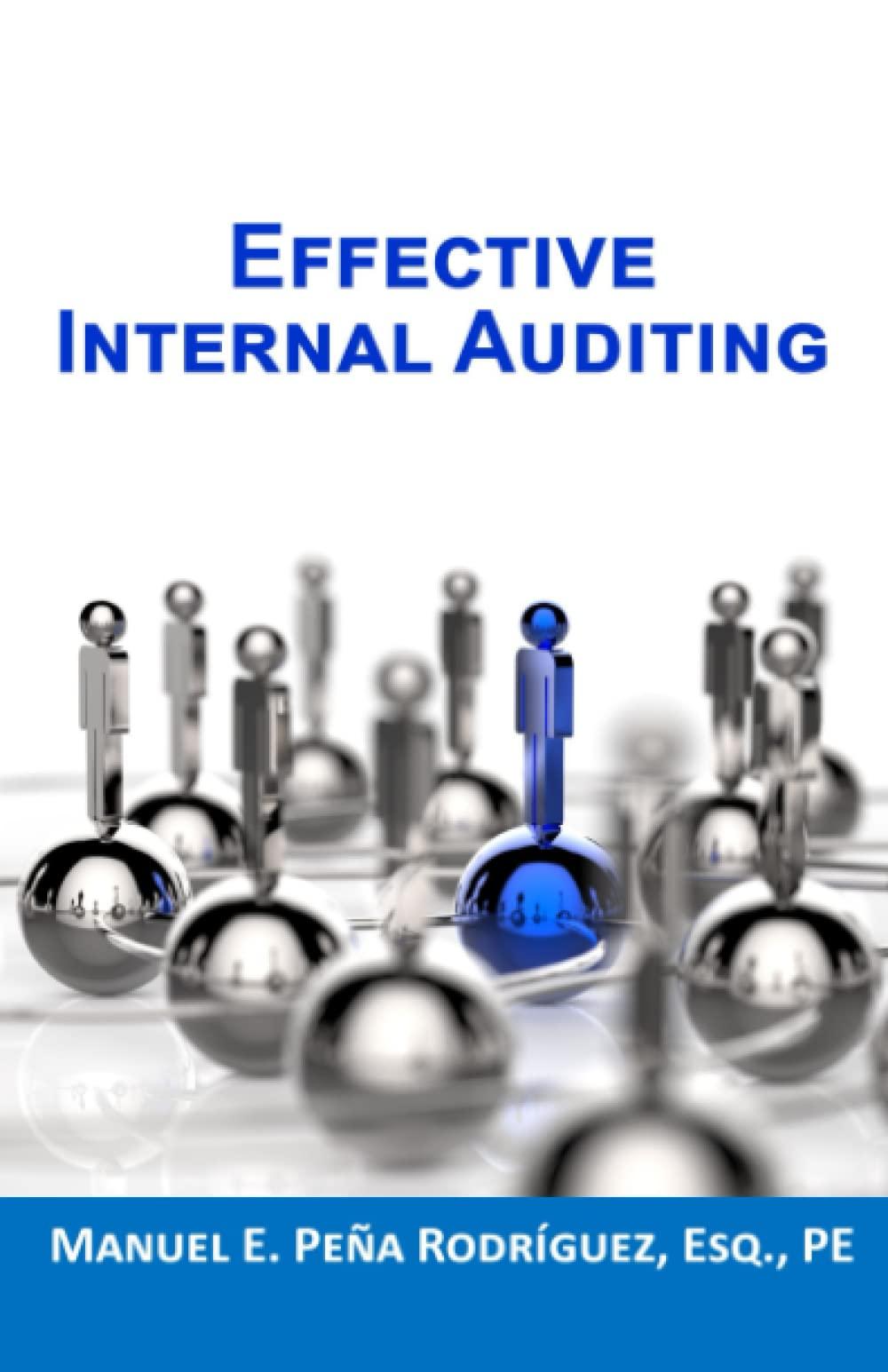Dickens
is a cost accountant and business analyst for Daisy
Design Company (DDC), which manufactures expensive brass doorknobs. DDC uses two direct-cost categories: direct materials and direct manufacturing labor. Dickens
feels that manufacturing overhead is most closely related to material usage. Therefore, DDC allocates manufacturing overhead to production based upon pounds of materials used. (Click the icon to view the actual results for April.) Data Table X ses) is al Inp dgetel Actual results for April 2017 were as follows: Production 33,000 doorknobs Direct materials purchased 13,000 lb. at $11/b. Direct materials used 7,500 lbs. Direct manufacturing labor 29,100 hours for $611,100 Variable manufacturing overhead $65,000 Fixed manufacturing overhead $152,000 e is Print Done reviatid cual Input Qiy: * dneted Price Rudget TATTOuated Overhead * Data Table X 130, s At the beginning of 2017, DDC budgeted annual production of 400,000 doorknobs and adopted the following standards for each doorknob: Input Cost/Doorknob Direct materials (brass) 0.3 lb. @ $10/1b. 3.00 Direct manufacturing labor 1.2 hours @ $20/hour 24.00 Variable manufacturing overhead $4/b x 0.3 lb. 1.20 Fixed manufacturing overhead $14/1b. x 0.3 lb. 4.20 32.40 Standard cost per doorknob land Print Done val ad. (Abbreviation used: Manuf = Manufacturing) X * Requirements cty Bu is 1. For the month of April, compute the following variances, indicating whether each is favorable (F) or unfavorable (U). a. Direct materials price variance (based on purchases) b. Direct materials efficiency variance c. Direct manufacturing labor price variance d. Direct manufacturing labor efficiency variance e. Variable manufacturing overhead spending variance f. Variable manufacturing overhead efficiency variance g. Production-volume variance h. Fixed manufacturing overhead spending variance 2. Can Dickens use any of the variances to help explain any of the other variances? Give examples. ance Abbr Act BI Print Done ng variance is Requirement 1. For the month of April, compute the variances, indicating whether each is favorable (F) or unfavorable (U). Before computing the variances complete the tables below. Begin by completing the table for direct materials. Actual Input Qty. * Budgeted Price Actual Costs Flexible Incurred Purchases Usage Budget Direct materials 143,000 130,000 75,000 a. Direct materials price variance (based on purchases) is b. The direct materials efficiency variance is Now complete the table for direct labor. Actual Costs Actual Input Qty.* Incurred Budgeted Price Direct Manuf. Labor C. The direct manufacturing labor price variance is Flexible Budget d. The direct manufacturing labor efficiency variance is Next, complete the table for variable overhead. (Abbreviation used: Manu - Manufacturing) Actual Costs Actual Input Qty. Flexible Allocated Incurred Budgeted Price Budget Overhead Variable Manuf. OH e. The variable manufacturing overhead spending variance is Complete the table for fixed overhead. Actual Costs Incurred Same Budgeted Lump Sum Regardless of Output Level Flexible Budget Allocated Overhead Fixed Manuf. OH g. The production-volume variance is h. The fixed manufacturing overhead spending variance is Requirement 2. Can Dickens use any of the variances to help explain any of the other variances? Give examples. The direct materials price variance indicates that DDC paid for brass than they had planned. If this is because they purchased a quality brass, it may explain why they used brass than expected (leading to an) material efficiency variance). In tum, since variable manufacturing overhead is assigned based on pounds of materials used, this directly led to the variable overhead efficiency variance. The purchase of this quality of brass may also explain why it took labor time to produce the doorknobs than expected (the direct labor efficiency variance). Finally, the direct labor price variance could imply that the workers who were hired were experienced than expected, which could also be related to the direct material and direct labor efficiency variances. Choose from any list or enter any number in the input fields and then continue to the next question. Save for Later











